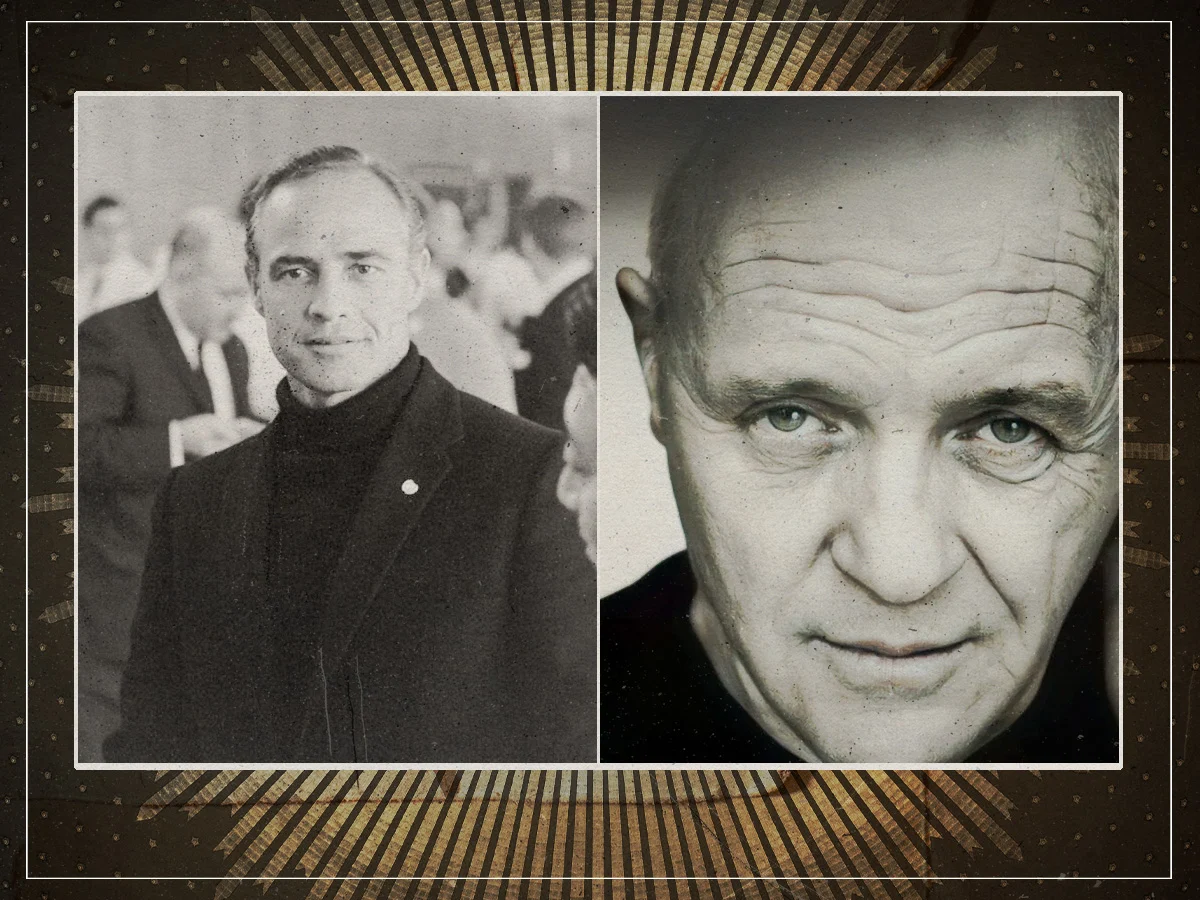When it comes to cinema icons, Marlon Brando was right up there with the roaring MGM lion, and he was just as challenging to manage. Brando started small in 1950, but by the time The Godfather was released in 1972, the Nebraskan native had already solidified his image as one of the greats. This ascent, however, was a tricky one. Not content with merely being ‘good’, Brando always strove for greatness and sometimes, he persisted a little too hard.
His earlier works were plagued by a handful of rough performances, including The Teahouse of the August Moon in 1956 and Candy in 1968. Although Brando’s style was heavily reliant on method acting and a penchant for delivering his lines in an apathetic, often slurred manner, he did receive training at the Dramatic Workshop in New York City, where Stella Adler taught him. Brando’s time at the Workshop eventually led him to Broadway and, ultimately, to a prosperous career in the film industry
This wavering journey to the top left Brando bombarded with an array of differing advice. So, as he was always happy to admit, he simply sought his own best route to a great performance. Across the pond, the great Anthony Hopkins was very much in the same boat. Before establishing himself as Hollywood’s go-to unstable scholar, Hopkins thought about quitting the craft. So, he empathised with Brando’s own idiosyncratic ways but equally recognised how problematic they could be.
In an interview with AboutFilm, Hopkins described his relationship with professional training, explaining: “I’m sure it can be helpful. Indeed, it can, like any training.” Despite this generally positive outlook, Hopkins goes on to describe the dangers of training and the stale performances that can arise as a result of an over-reliance on acting habits.
“You see them in movies,” Hopkins says, shortly before revealing that “sometimes they look ridiculous”, a comment that led Hopkins to discuss Brando and his performance in the 1965 film Morituri. “He [Brando] was so bad,” says Hopkins, “I thought, ‘how can he be so bad?’” Having already starred in the likes of On The Waterfront, the flop of the film that followed a German pacifist blackmailed into sabotaging a Nazi ship was a baffling career downfall for Brando.
Of course, performances, like all art, are incredibly subjective. However, Hopkins’ perspective as a trained actor might have been precisely what made Brando’s performance stand out to him. Hopkins explains that part of being a great actor involves making a conscious effort to break those habits that can sometimes appear ridiculous on screen. He notes that “everyone has them” and acknowledges that “even great actors like that can be bad, really bad”. This insight highlights the challenge actors face in constantly refining their craft, even those as legendary as Brando.
However, Hopkins isn’t entirely opposed to these habits, explaining that “sometimes they’re very attractive habits to look at, charismatic habits”. He’d be right, considering that Brando’s mumbling drawl is part of what made him so memorable and provided a great deal of his style, but there’s no denying that the great actor may have leaned heavily on the habits of his speech.
Hopkins adapted much of his wisdom from an interview he read with Kenneth Tynan “back in the ’60s,” where Tynan discussed the mannerisms and habits of actors. It’s possible that Tynan’s insights significantly influenced the direction of Hopkins’ career and his approach to acting. At the very least, they certainly tainted Hopkins’ view of Morituri, as the acclaimed actor found himself more critical of the performances, likely due to the awareness Tynan’s words had instilled in him.
